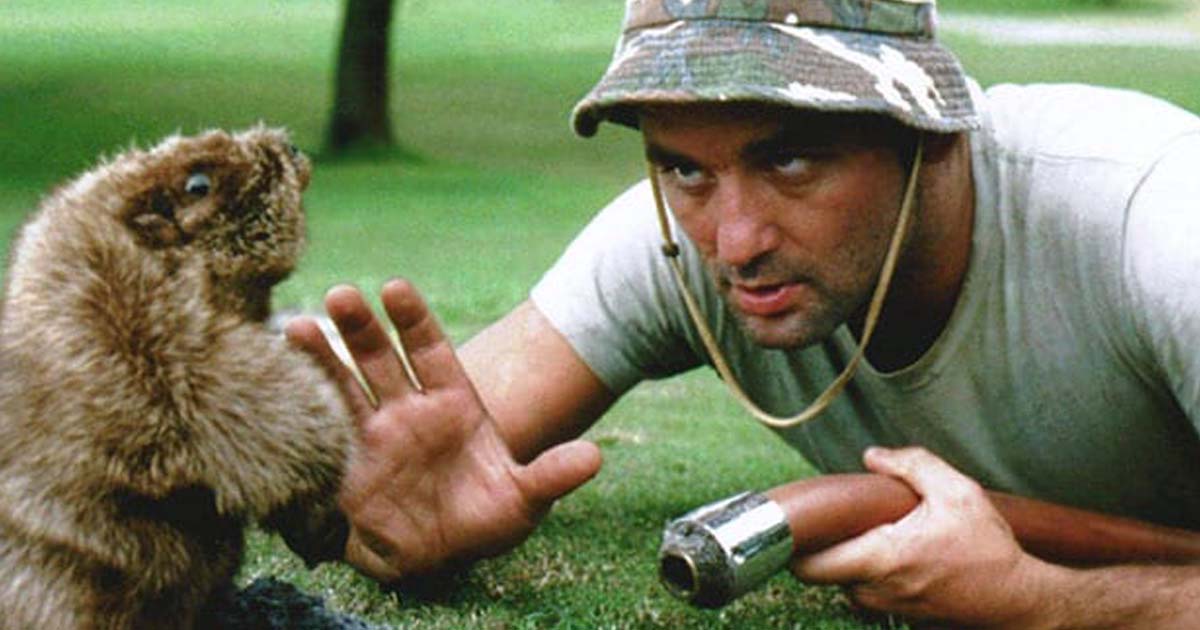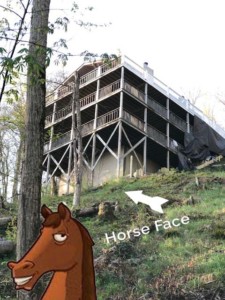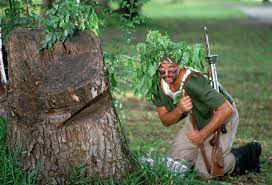We wait to speak with Harry and Jimmy, two men who work at the local hardware store and are known for dishing out helpful advice. While in line, I glance over at a garbage can. A sign above reads, “No Spitting.”
“You know, people spat all over the place back in the tuberculosis days,” I tell Rob. “It was so bad they erected public spittoons. Can you imagine? Walking your Pomeranian, twirling your parasol, and BAM! Showered by spit from every direction.”
Rob shakes his head. By the looks of things, he is not enjoying my history lesson.
“It was like running through a garden sprinkler,” I continue. “People were dodging and weaving, and could you blame them? Seventy-five percent of tuberculosis patients in North Carolina dropped dead in five years.”
I cut my lesson short when the guy ahead of us got the guidance he needed—his septic tank problem will take all day to fix. And nobody should use the toilet during the repair, an obvious piece of advice but worth emphasizing nonetheless. He walks past the garbage can but does not spit.
Rob approaches Harry and Jimmy and explains that we bought a fixer-upper in desperate need of repair.
“Describe the house,” Harry asks.
“Sure,” Rob says. “It sits on a steep grade—”
“It’s built on a horse face,” I interject. That’s what my neighbor, Rusty, calls a house precariously perched at a forty-five-degree angle.
Harry and Jimmy glance at each other and solemnly nod. It’s a tale as old as time.
“How’s the roof?” Harry asks.
“Luckily, that’s good,” Rob replies. “But I’m concerned about the rest of it. The rain swept away our garage.”
Harry folds his arms across his chest. “It happens,” he says.
Really, Harry? Do people typically christen garages with champagne before yelling, “Bon voyage?” We don’t have these problems in New Jersey. Although, you might hear, “Anyone see Ant’ny and Vinny? They never made it to the pipefitter’s union barbecue.”
I stand there like a dope, gawking at a shelf of galvanized screws while Harry goes into great detail about home repair. Jimmy—noticing my catatonic state—engages in conversation. “Are you planting anything?” he asks.
“Planting?” I repeat. “Hmm. Haven’t thought about it. My husband’s the gardener.”
He leans over and—with a do-or-die expression—asks a question that I fear will decide the future of our relationship. “Have you seen any groundhogs?”
Jimmy catches me off guard. I thought he might ask, “Hey weirdo, why were you staring at the garbage can?” I take a moment to think about my answer. I have a fifty-fifty chance of getting this right, so I go with telling the truth.
“I do remember seeing a family of them,” I answer. “Yes, I saw them eating dandelions in a field.”
Jimmy smacks his hand on the counter. “I knew it! Were they beady-eyed?”
In my city-slicker opinion, there is no right or wrong answer to the shape of a groundhog’s eyes. But Jimmy’s expression gives me reason to pause. It’s clear he has invested a lot into this subject matter, and since this is the only hardware store in town, and I’ll be returning with my own septic pipe catastrophe sooner than later, I need Jimmy more than he needs me.
I answer like a politician canvassing for votes. “I can’t confirm or deny the beadiness of their eyes.”
“Exactly,” Jimmy grunts. “You got a surprise in store for you. Oh, boy. It’s coming all right.”
“Should I really be worried?” I ask with the doltish innocence of someone who has never lived in the Appalachian Mountains.
“Well, I can tell you something. Those groundhogs are going to eat more than there dandelions. Dem critters are lower than a snake’s belly in a wagon rut.”
Jimmy proceeds with a groundhog tirade no less impressive than storming the beaches at Normandy. As he shares his harrowing tale, I envision groundhogs sticking out of armored tanks, chin straps dangling from helmets, their beady eyes scanning the horizon; Jimmy crouched in a foxhole, praying a Hail Mary to survive.
It’s a riveting story; these sons-of-bitches were really out to get him. But Jimmy gets distracted by a little old lady looking for a hummingbird feeder and disappears down the feed aisle.
“We need to pull around to their warehouse,” Rob says while we walk to the front of the store.
“What did you buy?”
He grins with the confidence of a man who has no clue what’s he doing. “Only a few things to get started.” The smiling clerk stops what she’s doing and asks us our names.
“Rob and Nadine,” I answer. “You’ll be seeing a lot of us. Possibly too much.”
“I’m Julie, and I’ll be sure to remember you,” she says while ringing up the lady buying a hummingbird feeder.
We jump in the car and drive behind the store. We back into the warehouse and fill our truck with one million bags of ready-to-use concrete mix. Our truck sinks to a few inches from the ground, lower than a snake’s belly in a wagon rut.
Rob turns on the radio. A country song plays about a woman—wearing cowboy boots—kicking her cheating man to the curb. I applaud her choice of footwear.
I turn to my husband and ask a question I’ve asked many times in our marriage, one that I already know the answer to. “Do you know what you’re doing?”
Rob rolls his window down and hangs his arm outside the truck. “I’m fixing this old house.”
“With ready-to-mix concrete? And advice from two guys from a hardware store? One of which who has a very peculiar relationship with the wildlife around here?”
“Sure. How bad can it be?”






Well, it could be bad, but Rob seems to do well with thr trial–and-error style of DIY projects. So, I’d guess it’ll turn out pretty well. If not, you can sit on that lovely veranda, look out at the lake and the mountains